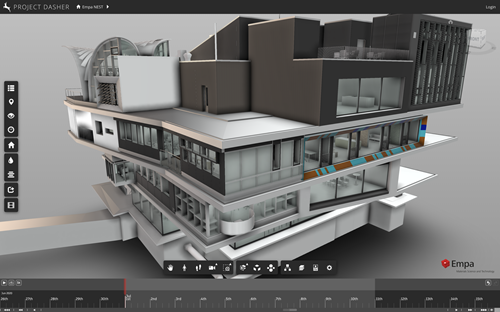The big news on the Forge side of things over the last few weeks is probably the official release of SVF2. This is a more efficient streaming format the Forge viewer (from v7.25 onwards) can consume. We’ve been using SVF2 (which was previously known as OTG) for the last couple of years inside Project Dasher, and it’s been brilliant. If you’re interested in the technical details on SVF2, be sure to check the blog post that announced the SVF2 Beta from late last year.
Just for instance, we’ve seen significant performance improvements from using SVF2 for our public demo using the NEST building:
In a nutshell, SVF2 uses instancing to optimize the use and storage of meshes within and across viewables. For instance, a typical building model contains a whole bunch of cuboids: SVF2 reduces many of these to a single mesh with varying transformations (these can, of course, represent rotations and translations but also – very importantly – non-uniform scaling). In any case the…


